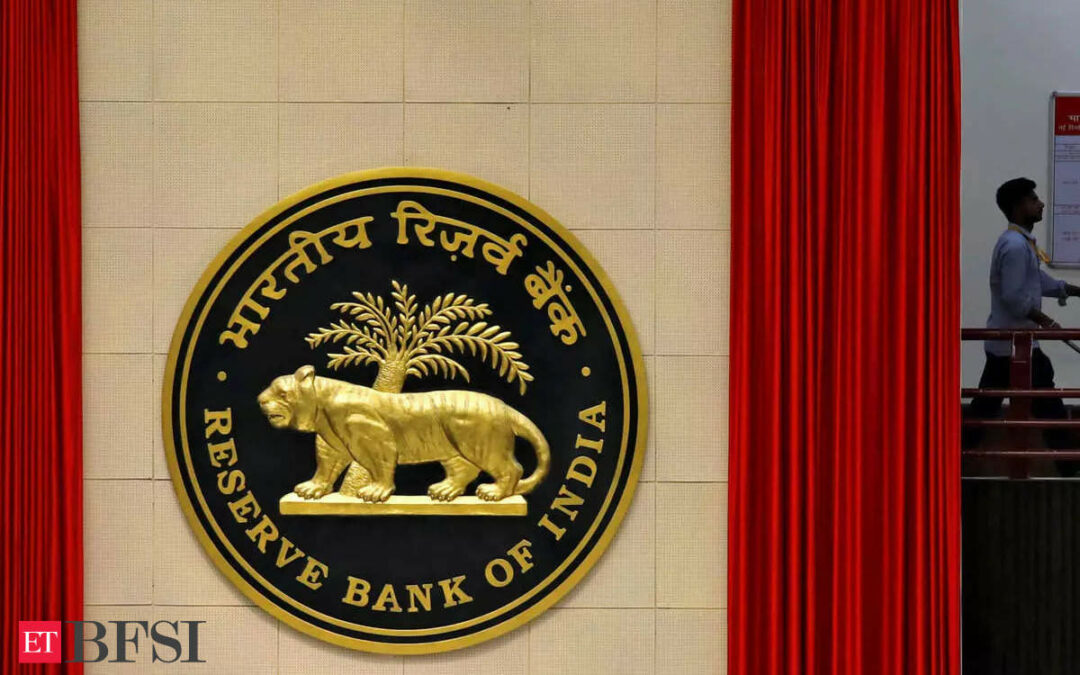Reserve Bank of India governor Shaktikanta Das in the latest Monetary Policy Committee (MPC) meeting warned against any premature move that would undermine policymakers’ success so far while Jayanth Varma highlighted the need to send the signal that the rate-setting panel takes dual mandate of growth & inflation seriously, as per the minutes released Thursday.
Providing the rationale for keeping policy repo rates unchanged, RBI’s Das said that as markets are front-running central banks in anticipation of policy pivots, any premature move may undermine the success achieved so far.
“Price and financial stability are essential to sustain a long haul of high growth. Policy imperative at the current juncture is to remain focused on achieving the 4 per cent inflation target on a durable basis, keeping in mind the objective of growth,” Das said.
However, MPC member Jayanth Varma claimed that there is space for monetary easing without risking an inflation spiral.
“In my view, the time has come for the MPC to send a clear signal that it takes its dual mandate of inflation and growth seriously, and that it would not maintain a real interest rate that is significantly more than what is needed to achieve its target,” Varma said.
Varma voted to cut rates by 25 basis points and shifting stance to neutral.
MPC members’ view
RBI Deputy Governor Michael Patra noted that a fuller private capex cycle is yet to gather steam.
However, he said that high corporate profitability, the surging housing and real estate market and the strong commitment to fiscal consolidation should quicken its broader-based onset. He said persisting food supply pressures are “holding hostage the disinflation that has been led by the steady easing of core inflation.”
“Accordingly, monetary policy must remain restrictive and maintain downward pressure on inflation while minimising the output costs of disinflation,” Patra said.
Rajiv Ranjan said that the global economy is performing better than previous expectations. He also noted that the Narendra Modi government through Interim Budget announcement affirmed commitment to fiscal consolidation. “A prudent fiscal policy can reinforce the credibility of the flexible inflation targeting framework and thus help in anchoring the long-term inflation expectations,” Ranjan said.
Varma rubbished worries of the economy overheating in FY25. “If the potential growth rate of the economy is close to 8%, then the economy is not at risk of overheating in 2024-25. A real interest rate of 1-1.5% would then be sufficient to glide inflation to the target of 4%. A real interest rate of 2% creates the very real risk of turning growth pessimism into a self fulfilling prophecy,” Varma said.
Ashima Goyal said that faster than expected fiscal consolidation and a continuing better composition of government expenditure, will also lower inflationary pressures.
“Since growth is still robust and recent headline inflation has been near the upper tolerance band, we can wait a bit longer to ensure that inflation continues movement to the target despite any geopolitics related or other commodity price shocks,” Goyal said.
MPC’s decisions
The MPC, during the last meeting of the ongoing financial year held in February, left the benchmark lending rates unchanged at 6.5 per cent. The rates were last hiked in February 2023 and have been left unchanged since. The RBI is banking on the cumulative hike of 250 bps to keep inflation at bay and growth stable.The MPC once again opted to “remain focused on withdrawal of accommodation to ensure that inflation progressively aligns to the target, while supporting growth.” The stance remained unchanged with five members of the rate-cutting panel opting for status quo, Varma preferring a pivot to neutral stance.
The RBI has forecast retail inflation for FY25 at 4.5 per cent with Q1 at 5.0 per cent; Q2 at 4.0 per cent; Q3 at 4.6 per cent; and Q4 at 4.7 per cent.
The inflation trajectory, going forward, would be shaped by the outlook on food inflation, about which there is considerable uncertainty. Adverse weather events remain the primary risk with implications for the rabi crop.
Increasing geopolitical tensions are leading to supply chain disruptions and price volatility in key commodities, particularly crude oil, he added.










